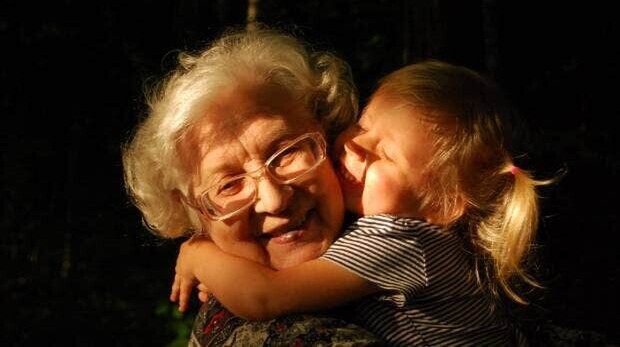has arrived
The most saccharine song of 1980 was There’s No One Quite Like Grandma, performed by the St Winifred’s School choir from Stockport, England. It shot to the top of the British charts as kids everywhere gave it to granny for Christmas. “Grandma, we love you,” they sang. “Grandma, we do. Though you may be far away, we think of you.”
Today, as the once-cherubic choristers start to become grandmas and grandpas themselves, grandparenting has changed dramatically.
Two big demographic trends are making nana and gramps more important. First, people are living longer. Global life expectancy has risen from 51 to 72 since 1960. Second, families are shrinking. Over the same period, the number of babies a woman can expect to have in her lifetime has fallen by half, from 5 to 2.4. That means the ratio of living grandparents to children is steadily rising.
Surprisingly little research has been done into this. The Economist could not find reliable figures for how many living grandparents there are, so we asked Diego Alburez-Gutiérrez of the Max Planck Institute for Demographic Research in Germany to produce some estimates by crunching UN age and population data with models of kinship structures in each country.
Link to video and article: The age of the grandparent has arrived | Stuff.co.nz




